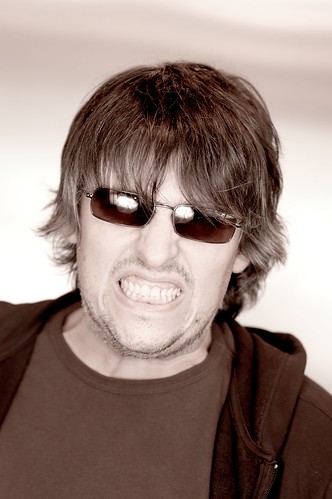Some of you might already be familiar with Diane Jacobs from her blog Humanantigravitysuit or from the Teamblog Neurotonics where we share our views on certain topics.
I asked Diane a while ago if she would like to do an interview – and I’m happy to say she agreed.
She has developed her own approach to treating pain and movement dysfunction – called Dermoneuromodulation.
By showing how she developed her style and treatment over the years I hope others will find some inspiration.
Here’s Part one:
Matthias:
Diane, glad you agreed to do this interview.
Please tell us how you came into the profession and what factors shaped your career:
Diane:
I entered PT school (a diploma program at U. of S.) in 1968, at age 17. I entered into the program hoping to be taught how to use my hands to help people rid themselves of pain. Three years later, I was a graduate with a license, and lots more growing to do. The hands were trained for a lot of things, but helping to relieve pain somehow had escaped inclusion in the curriculum.
The first decade out of school was mostly about growing up, learning to be independent. I worked in hospitals, took university classes frequently, figured my adult self out. I played by the rules and enjoyed life. I still wanted to learn to use my hands to help relieve pain, but hope was fading that I'd ever learn to do this within the profession of PT.
Around 1983 I went to a workshop taught by an osteopathic physician. There, I learned techniques for handling spinal dysfunction and other kinds of pain, muscle energy technique and positional release. I thought I was the luckiest person on the planet, bumping into this teacher.
Based on this single workshop, I pulled up my life in Saskatchewan, moved to BC, to be closer to the manual therapy school he taught at. For the next 20 years, on and off, I attended his school and became very good at using the techniques taught there. I began attending orthopaedic training workshops taught within the PT community, but dropped out, having lost interest - they were about learning to manipulate joints, and I was decidedly uninterested in pursuing that direction. The osteopathic techniques were more clinically interactive and very helpful to people.
By now I had my own practice, successfully treating all manner of patients with these gentle techniques. There was still something missing however - the treatment constructs were very biomechanical, and I was ready for more understanding.
Enter David Butler in 1998. He spoke a new fresh (to me) language - suddenly I was hearing all about physiology and brain and peripheral nerves. Peripheral nerves? They can "hurt"? This new layer of information and the emphasis on careful handling compared very favorably with the techniques I'd been using - I realized that all along, they had been "neurodynamically" friendly without the originators' ever having known the first thing about neurodynamics or any other concept about the physicality or structure or preferences or sensitivities of nerves in the body.
The techniques had simply been developed in concert with patients with treatment constructs tacked on after the fact, treatment constructs that didn't make any real sense because they were (archaic to me now) bio-mechanical, joint-based, structure-based (e.g., bones, fascia) - if they involved consideration of the nervous system at all it was a convoluted construct involving some sort of influence of treatment on muscle innervation, as if skin didn't exist at all.
Matthias:
Please explain why skin is so important in the approach you developed?:
Diane:
I realized no one seemed to care about skin. No one cared about the fact that all manual techniques are applied through skin. That the cutaneous system reads every kind of handling first. That the brain reads every kind of handling first. Practitioners only seem to care about what is underneath skin. This suddenly seemed ludicrous to me.
Then something else clunked into place, cognitively - a lot of detailed study of embryology. I remembered that skin came from ectoderm and so did the brain. At the manual therapy school all this embryology was taught, yet the techniques themselves were taught from a mesodermal or structural perspective, not from a nervous system perspective.
For me, cutaneous innervation became the transition; it is still structure, but helped me bridge the techniques I loved to do into a context that made much more sense as to why on earth they seemed so helpful. I realized they were brain-friendly - that when performed expertly, with attention in the moment to every detail in the moment, not in any zombie-like or mechanical fashion, but slowly, with feeling, they helped the brain down-regulate pain.

Matthias:
I hear you!
The focus – at least here in Germany – is still very much tissue based.
Neuroscience isn’t mainstream yet.
I want to point out to all the therapists out there who read this that they don’t have to give up their favorite techniques – just that they have to look at what they are doing based on the bigger picture.
If you are manually mobilizing a joint – you have to touch the patient – there is no other way to do it. This fact is sadly overlooked in most approaches.
By thinking in terms of altering nervous system input you can achieve miracles since the brain takes care of the rest.
Again: use what you have learned – but change your thinking about why you apply it and how!


No comments:
Post a Comment